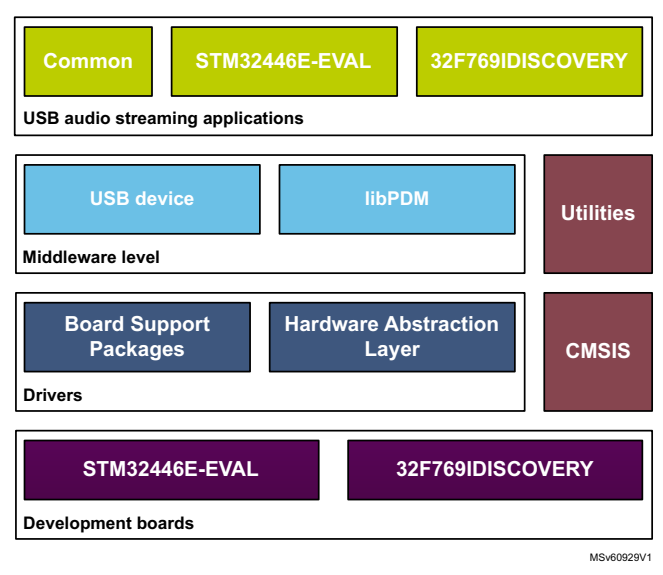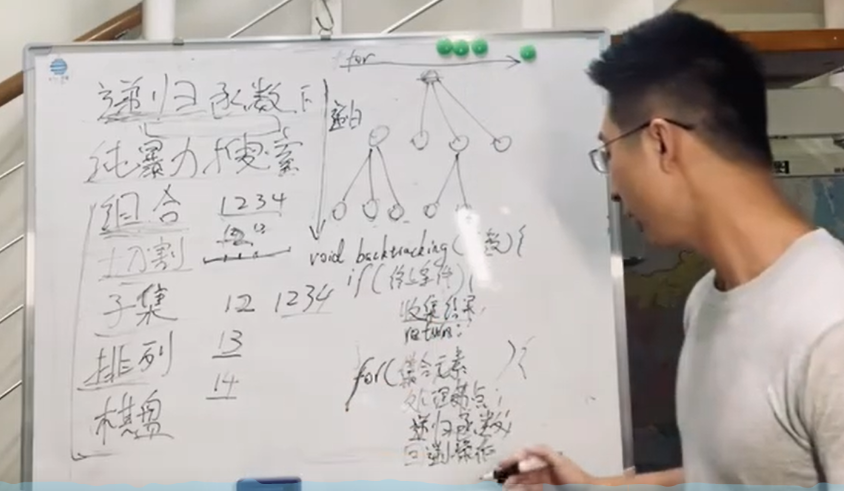c++访问私有成员变量和私有成员函数的常用方法
类的对象不能直接访问类声明的私有成员变量,否则破坏了信息隐藏的目的。
在C++中,为了防止某些数据成员或成员函数从外部被直接访问,可以将它们声明为private,这样编译器会阻止任何来自外部非友元的直接访问。
1.私有成员变量的四种访问方法
(1)通过公共函数为私有成员赋值
#include <iostream>using namespace std;class Test{private:int x, y;public:void setX(int a){x=a;}void setY(int b){y=b;}void print(void){cout<<"x="<<x<<'\t'<<"y="<<y<<endl;}} ;int main(){Test p1;p1.setX(1);p1.setY(9);p1.print( );return 0;}
(2)利用函数访问私有数据成员
#include <iostream>using namespace std;class Test{private:int x,y;public:void setX(int a){x=a;}void setY(int b){y=b;}int getX(void){return x; //返回x值}int getY(void){return y; //返回y值}};int main(){Test p1;p1.setX(1);p1.setY(9);int a,b;a=p1.getX( );b=p1.getY();cout<<a<<'\t'<<b<<endl;return 0;}
(3)利用引用访问私有数据成员
#include <iostream>using namespace std;class Test{private:int x,y;public:void setX(int a){x=a;}void setY(int b){y=b;}void getXY(int &px, int &py) //引用{px=x; //提取x,y值py=y;}};int main(){Test p1,p2;p1.setX(1);p1.setY(9);int a,b;p1.getXY(a, b); //将 a=x, b=ycout<<a<<'\t'<<b<<endl;return 0;}
(4)利用指针访问私有数据成员
#include <iostream>using namespace std;class Test{private:int x,y;public:void setX(int a){x=a;}void setY(int b){y=b;}void getXY(int *px, int *py){*px=x; //提取x,y值*py=y;}};int main(){Test p1;p1.setX(1);p1.setY(9);int a,b;p1.getXY(&a,&b); //将 a=x, b=ycout<<a<<'\t'<<b<<endl;return 0;}
详见 https://blog.csdn.net/KgdYsg/article/details/82492797?ops_request_misc=%257B%2522request%255Fid%2522%253A%2522159922886019724839809393%2522%252C%2522scm%2522%253A%252220140713.130102334.pc%255Fall.%2522%257D&request_id=159922886019724839809393&biz_id=0&utm_medium=distribute.pc_search_result.none-task-blog-2~all~first_rank_ecpm_v3~pc_rank_v3-2-82492797.pc_ecpm_v3_pc_rank_v3&utm_term=c%2B%2B%E8%AE%BF%E9%97%AE%E7%A7%81%E6%9C%89private%E6%88%90%E5%91%98%E5%8F%98%E9%87%8F%E7%9A%84%E5%B8%B8%E7%94%A8%E6%96%B9%E6%B3%95&spm=1018.2118.3001.4187
2.在类外调用类的私有成员函数的两种方法
(1).通过类的public成员函数调用private成员函数
#include<iostream>using namespace std;class Test{public:void fun2(){fun1();}private:void fun1(){cout<<"fun1"<<endl;}};int main(){Test t;t.fun2();return 0;}
(2).通过类的友元函数调用该类的private成员函数,但是该成员函数必须设为static,这样就可以在友元函数内通过类名调用,否则无法调用
#include<iostream>using namespace std;class Test{friend void fun2(); //fun2()设为类Test的友元函数private:static void fun1(){cout<<"fun1"<<endl;}};void fun2(){Test::fun1();}int main(){fun2();return 0;}
详见 https://blog.csdn.net/jackchoise030/article/details/86158780



































还没有评论,来说两句吧...